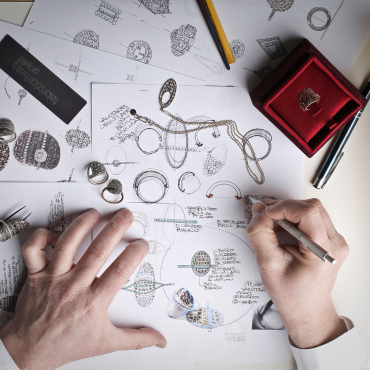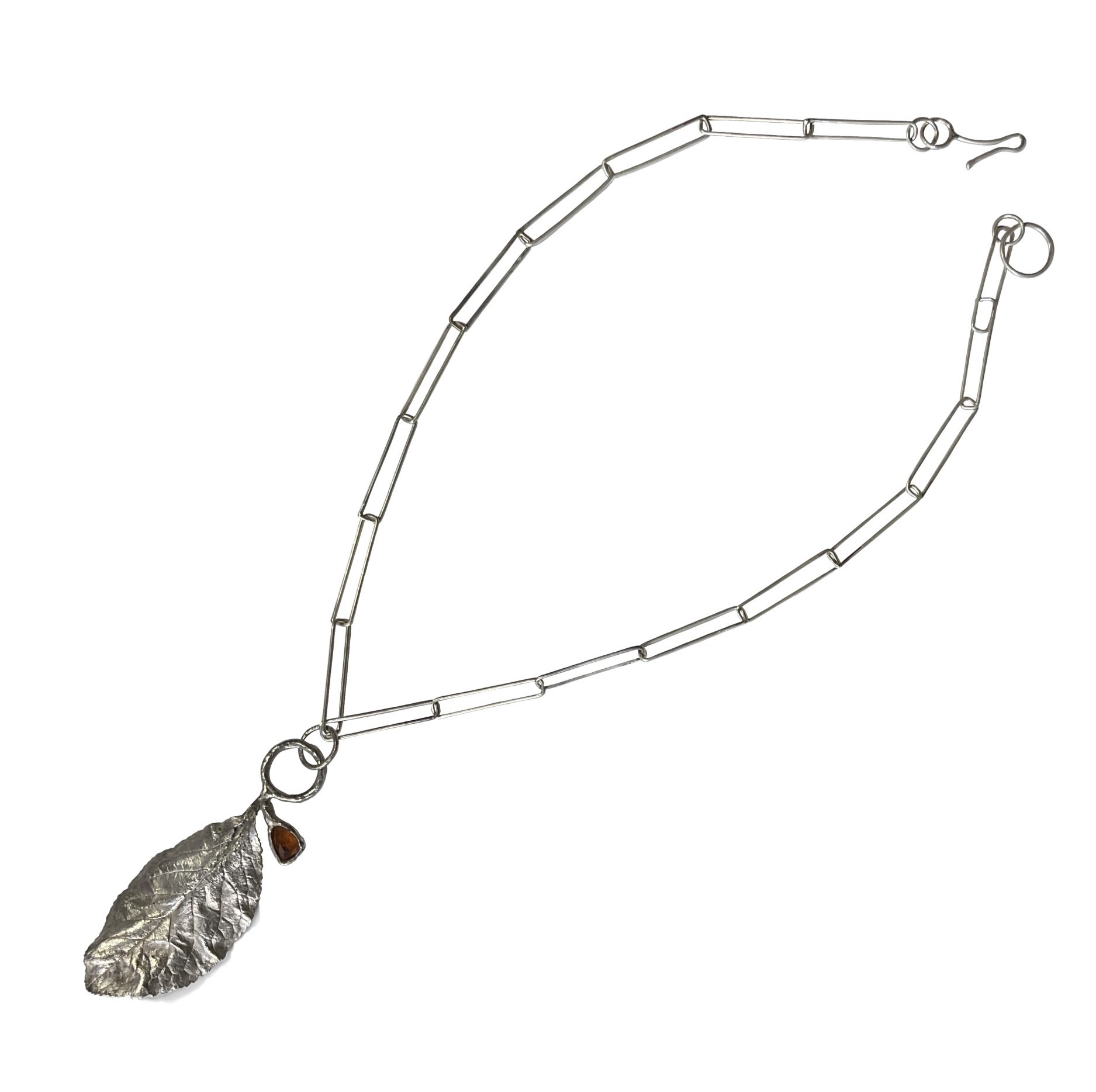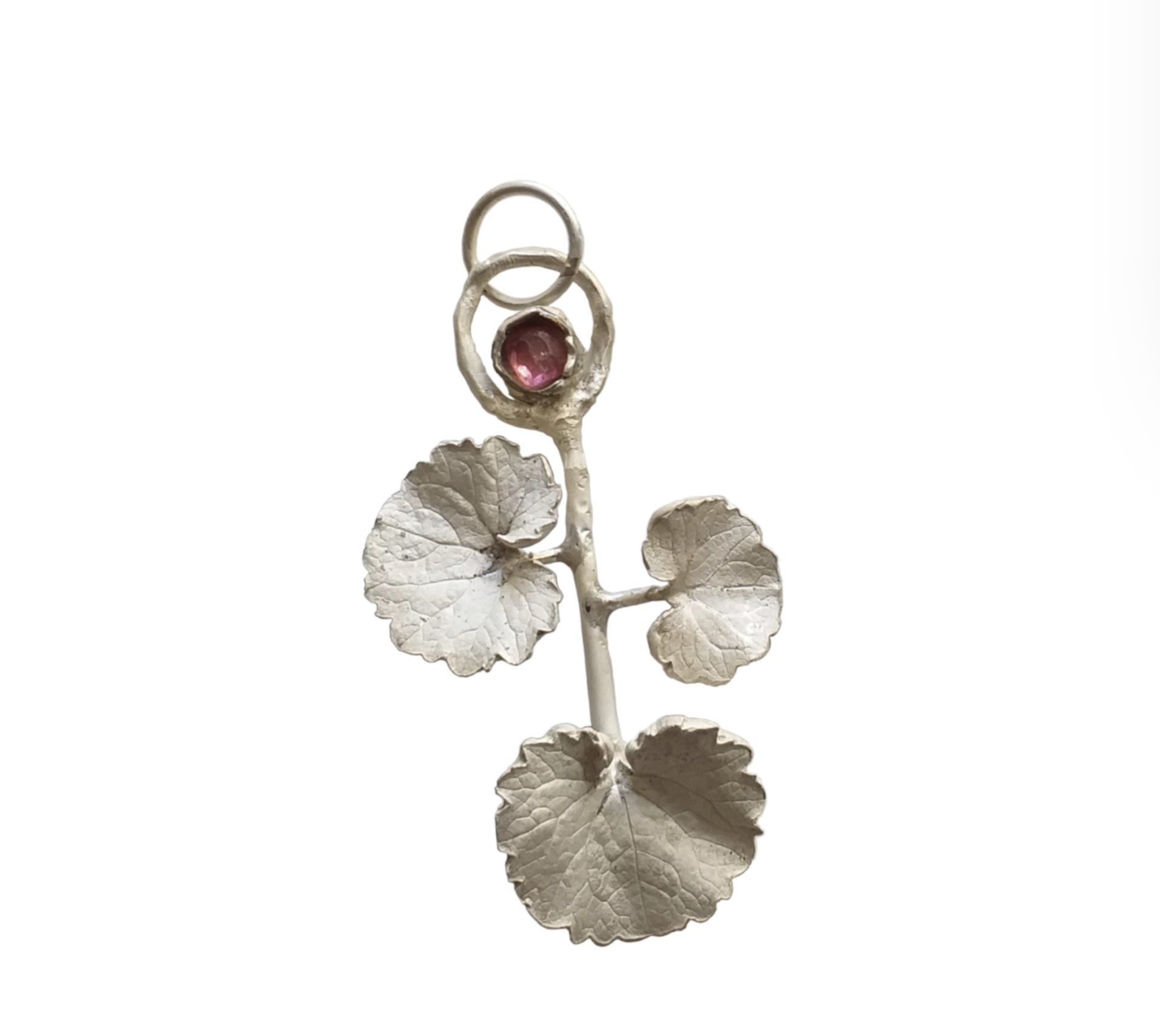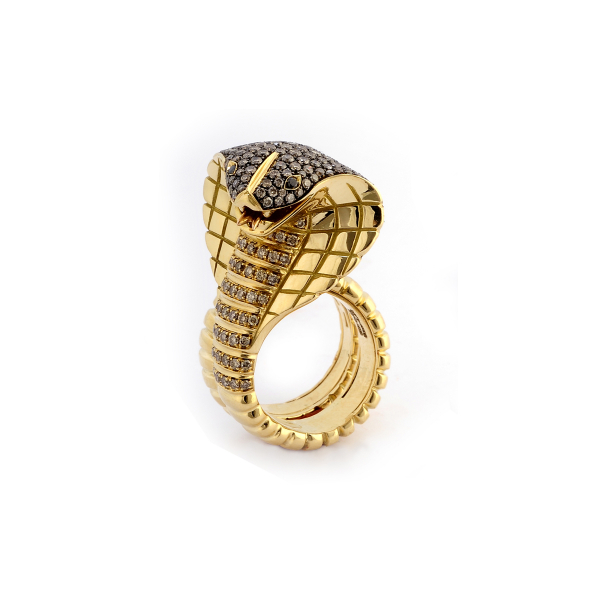The future of jewelry

Jewelry production is one of the oldest form of craftsmanship. It’s no wonder that it has seen several advances over the centuries. Here are some of the most important innovations in the industry.
BLOCKCHAIN
Blockchain technology represents one of the most recent breakthroughs in the industry.
Avel Lenttan Jewelry is already working on it by integrating a Micro Tag into the precious metal. This will allow you to track information about the production, provenance and ownership, while at the same time offering the possibility of adding a personal message with each jewelry purchase or gift. This new and technologically advanced adaptation grants the traceability of the jewelry, offers greater security and also gives the opportunity to personalize the purchase and create lasting memories.
Buy Avel Lenttan Exclusive pieces of Jewelry here
NEW MACHINERIES
New technologies have also being used and implemented over the last decade. For instance, 3D printers are now used to create wax models that will be used by artisan to crafts the final piece of jewelry. It’s unlikely that this advances I the jewelry sector will replace the skills of women and men that work to create such amazing and eternal accessories, but they will certainly make their life easier and reduce production times.
RECYCLING
When we’re talking about recycling in jewelry we don’t only mean upcycle an old piece of jewelry into a new more modern one, but we are also referring to the materials used to create brand new jewelry.
Industry professional are beginning to evaluate the input of your raw materials in terms of sustainability.
The crucial question is “how much CO2 does 1kg of gold produce?”
Recent studies show the results of the climate footprint associated with the production of 1 kg of gold extracted from mines: the Carbon Footprint of 1 kg of gold obtained from mining is equal to more than 60 tons of co2eq.
This is why large international groups are already certifying their jewelry in terms of sustainability.
ETHICS
How can we source sustainable gold and gemstones? There are 3 more sustainable ways to source raw material for the jewelry industry:
1. Ethical mining
For instance, Alliance for Responsible Mining, facilitate the empowerment of artisanal and small-scale miners, their organization and the adoption of good practices, promoting favorable environments for the inclusion of artisanal and small-scale miners in the formal economy. (to know more, visit: https://www.responsiblemines.org/en/)
2. Gold recovery from electronic circuit waste
Extraction is environmentally friendlier but more complicated. Therefore, gold cost per gram will be higher.
3. Laboratory-made diamonds and gemstones
Lab grown diamonds are as real as diamonds mined from the earth. They are identical to earth mined diamonds in every way, except that they are grown in a lab. They have the same chemical, physical, and optical properties as mined diamonds and exhibit the same fire, scintillation, and sparkle. The differences between Natural Diamonds and Lab Grown Diamonds cannot be seen with the naked eye.
Even if just as with natural diamonds, the prices of lab-created diamonds fluctuate greatly, they are overall cheaper.
Other lab grown gemstones include: sapphire, ruby, spinel, emerald, alexandrite, moissanite, and opal.
NEW DESIGNS
The latest trends in the jewelry industry focus on statement peices. Big pendants and chunky necklacess will continue to rise in popularity. Nature and Animal inspired jewelry pieces will also become a must have.
Here's a couple of our nature-inspired Made in Italy jewelry pieces:
 Orange Garnet Blackthorn Leaf Necklace in Silver
Orange Garnet Blackthorn Leaf Necklace in Silver
Emerald Calla Flower Ring

Open Collar Necklace with Pear-Cut Aquamarine and Diamond Leaf



